Everything to know about car window 15 tint [15% Film]
We’ll share everything you need to know about 15 tint. Applying 15 percent tint to your car windows can greatly reduce the amount of heat and glare that enters the cabin. Making it more comfortable for you and your passengers. When installed correctly, 15 percent tint will also enhance the appearance of your vehicle.
Great question about window tint film. Its difficult to share via online screens what the tint will look like on the car. Here is a couple photos to help guide you on the appears of the window tint film.
What does automotive 15 tint look like on cars?
These videos and images will help guide on what it’s going to look on the vehicle. Make you check it is okay with your local state before adding the tint. At the bottom of this post we cover ever single state laws about tint.
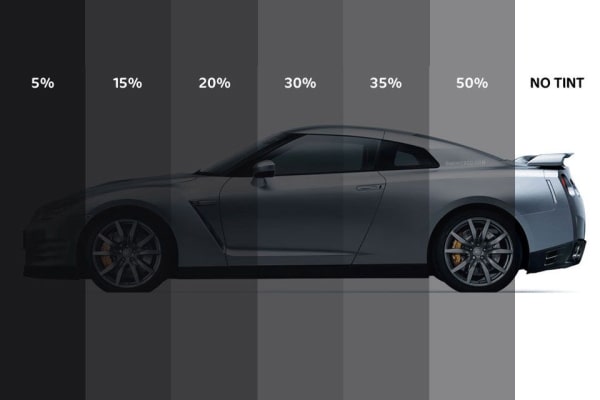

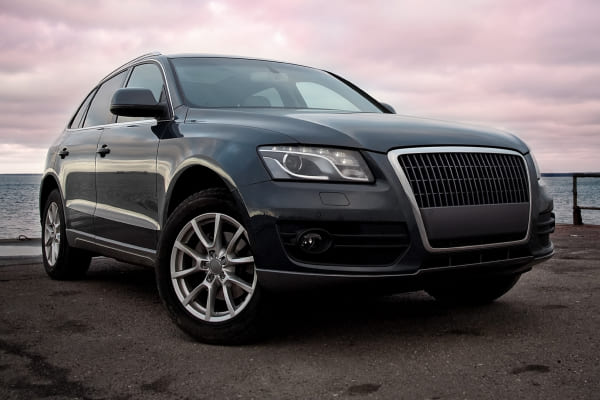

How to install 15 percent window film?
Installing window tint is a relatively simple process, but there are a few things you need to know before getting started. Before you begin this process make sure to work in a dust free zone without any wind. First, make sure the surface of your car windows is clean and free of any dirt or debris. Next, measure the windows to determine how much film you will need. Once you have the measurements, cut the film to size and then remove the backing. To apply the film, start at the top of the window and work your way down, using a squeegee to smooth out any bubbles.
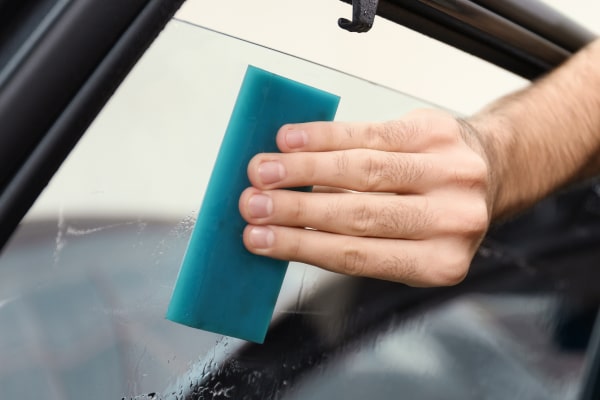
Step 1: Clean the windows
You need to make sure you’ve removed any old window tint film. The surface of the window must be free of any dirt. Having any small pieces of grit on the window will create problems later in the window tinting process. We recommend using it brand new empty spray bottle filled with distilled water with a couple drops of liquid soap. Spray the solution on the inside of the window(s) and use a flat razor to scrape off anything that might be on the windows.
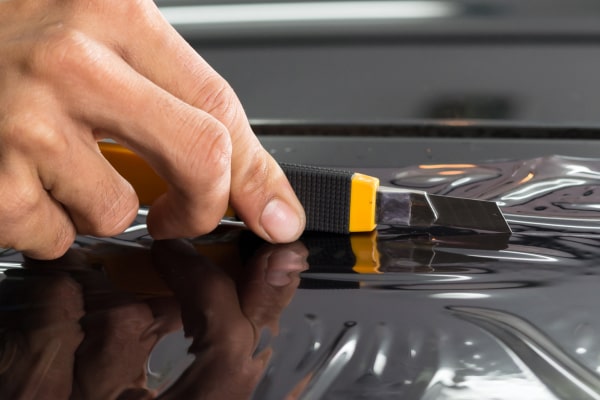
Step 2: Pre-install the window tint on the exterior
During this stage you’ll want to use a soapy mixer in bottle with distilled water. Spray the solution on the exterior window. Place the window film outside of the window and cut the materiel that overlaps the window glass. We recommend using a razor to cut on the outer perimeter of the window frame. You don’t need a lot of pressure to cut the material.
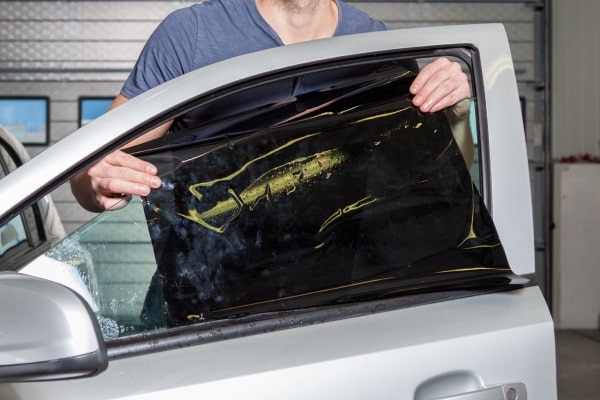
Step 3: Separate the window tint from the adhesive
Begin by spraying the inner window with the soapy solution mix. Remove the window tint from the backing. Once you remove the window tint from the exterior window. You can place it on the interior side window over the window tint solution. Make sure you place the adhesive side on the window. You can gently shimmy the window tinting up and down till you get it in the right placement. Remove any excess material on the perimeter of the window using a razor.
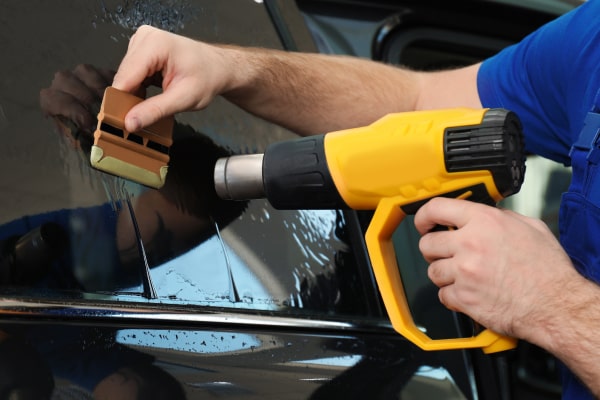
Step 4: Remove any air bubbles
Apply a mist of the soapy solution on the window tint. Using a squeegee glide it across the window film starting from the top to remove the air bubbles. Depending on the curvature of your window you might need to use a heat gun. This will make the window tint more malleable along the curved window. Call during this stage of the process is to illuminate any air bubbles. If you end up with a couple of small air bubbles use a sharp needle to pierce the bubble and remove the air.
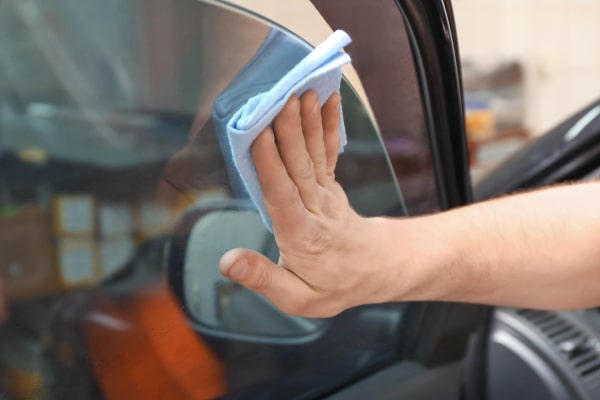
Step 5: Clean the surface with a microfiber cloth
You can pat yourself on the back. You’ve just completed all the hard work and now it’s time to clean up. Using a microfiber cloth clean any excess soapy residue off the windows. Now is a good opportunity to examine all the windows and make sure you’ve completed all the work correctly.
Video how to install 15 percent window tint
How long does it take to tint windows
The time it takes to tint windows will depend on the number of windows being tinted, the size of the windows, the complexity of the tinting job, and the installer’s experience. In most cases, it will take about 1-2 hours to tint the windows of a standard car, while larger vehicles such as SUVs or vans may take 2-4 hours. It’s important to note that the quality of the installation is more important than the speed at which it’s done. A skilled installer may take longer to complete the job, but the results will be better and more long-lasting. He’ll take extra time getting air bubbles out of the tint.
Cost to get car window 15% tint installed?
The cost of having 15 percent window tint installed will vary depending on a number of factors, such as the size and type of vehicle, the number of windows being tinted, and the geographical location. Generally speaking, you can expect to pay anywhere from $100 to $200 for the entire job. You can save half the money by doing the work yourself.
Where to buy 15 percent tint?
There are a number of places you can buy 15 tint window, including auto parts stores, car accessory stores, and online retailers. If you’re not sure where to start, we recommend checking out Amazon or eBay. We should also mention our store the 15 percent window tint film for automotive usage.
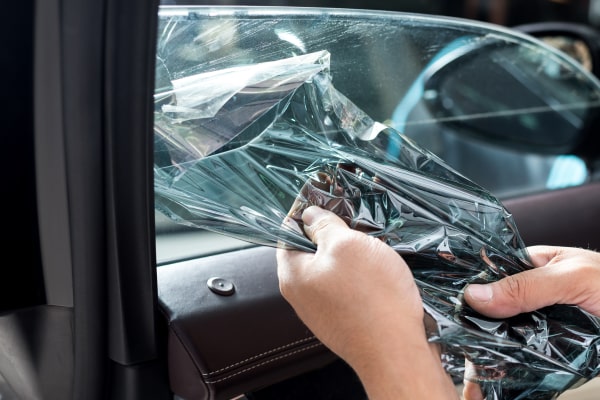
How to remove 15 percent window tint?
If you ever need to remove your 15 percent window tint, the process is actually quite simple. Start by heating up the film with a hair dryer or heat gun. Once the film is heated, use a razor blade to slowly peel it off. Be sure to go slowly and be careful not to scratch the window beneath. We recommend using this heat gun from Amazon.
Laws about 15% sedan car window tint by states in the USA
While there are no national laws in the United States Of America regarding window tint. Most states have their own regulations. For instance, some states allow up to 50 percent tint on the front windows, while others only permit up to 35 percent. It’s important to check the laws in your state before having any work done. Some state have different info for SUV’s.
| State | Windshield | Front Side windows | Back Side Windows | Rear Windows |
|---|---|---|---|---|
| Alabama | Top 6 inches | 33% | 33% | 33% |
| Alaska | Top 5 inches | 70% | 40% | 40% |
| Arizona | Above the manufacturer’s AS-1 | 33% | Any Darkness | Any Darkness |
| Arkansas | Top 5 inches | 25% | 25% | 10% |
| California | Top 4 inches | 88% | Any Darkness | Any Darkness |
| Colorado | Top 4 inches | 27% | 27% | 27% |
| Connecticut | Above the manufacturer’s AS-1 | 35% | 35% | Any Darkness |
| Delaware | Above the manufacturer’s AS-1 | No aftermarket tint | Any Darkness | Any Darkness |
| Florida | Above the manufacturer’s AS-1 | 28% | 15% | 15% |
| Georgia | Top 6 inches | 32% | 32% | 32% |
| Hawaii | Top 4 inches | 35% | 35% | 35% |
| Idaho | Top 6 inches | 35% | 205 | 35% |
| Illinois | Top 6 inches | 35% | 35% | 35% |
| Indiana | Above the manufacturer’s AS-1 | 30% | 30% | 30% |
| Iowa | 70% | 70% | Any Darkness | Any Darkness |
| Kansas | Above the manufacturer’s AS-1 | 35% | 35% | 35% |
| Kentucky | Above the manufacturer’s AS-1 | 35% | 18% | 18% |
| Louisiana | Top 5 inches | 40% | 25% | 12% |
| Maine | Top 5 inches | 35% | 35% | 35% |
| Maryland | Top 5 inches | 35% | 35% | 35% |
| Massachusetts | Top 6 inches | 35% | 35% | 35% |
| Michigan | Top 4 inches | Top 4 inches | Any Darkness | Any Darkness |
| Minnesota | No tint is allowed | 50% | 50% | 50% |
| Mississippi | Above the manufacturer’s AS-1 | 28% | 28% | 28% |
| Missouri | Above the manufacturer’s AS-1 | 35% | Any Darkness | Any Darkness |
| Montana | Above the manufacturer’s AS-1 | 24% | 14% | 14% |
| Nebraska | AS-1 | 35% | 20% | 20% |
| Nevada | AS-1 | 35% | Any Darkness | Any Darkness |
| New Hampshire | Top 6 inches | 70% | 35% | 35% |
| New Jersey | No tint is allowed | No tint is allowed | Any Darkness | Any Darkness |
| New Mexico | Top 5 inches | 20% | 20% | 20% |
| New York | —– | No mirrored/metallic | No mirrored/metallic | —- |
| North Carolina | Top 5 inches | 35% | 35% | 35% |
| North Dakota | 70% | 50% | Any Darkness | Any Darkness |
| Ohio | Top 5 inches | Top 5 inches | Any Darkness | Any Darkness |
| Oklahoma | AS-1 | 25% | 25% | 25% |
| Oregon | Top 6 inches | 35% | 35% | 35% |
| Pennsylvania | Top 3 inches/70% | 70% | 70% | 70% |
| Rhode Island | AS-1 | 70% | 70% | 70% |
| South Carolina | Above the manufacturer’s AS-1 | 27% | 27% | 27% |
| South Dakota | Above the manufacturer’s AS-1 | 35% | 20% | 20% |
| Tennessee | Any Darkness on AS-1/70% | 35% | 35% | 35% |
| Texas | Top 5 inches | 25% | Any Darkness | Any Darkness |
| Utah | Top 4 inches | 35% | Any Darkness | Any Darkness |
| Vermont | Above the manufacturer’s AS-1 | No tint is allowed | Any Darkness | Any Darkness |
| Virginia | Top 5 inches | 50% | 35% | 35% |
| Washington | Top 6 inches | 24% | 24% | 24% |
| West Virginia | Top 5 inches | 35% | 35% | 35% |
| Wisconsin | Above the manufacturer’s AS-1 | 50% | 35% | 35% |
| Wyoming | Top 5 inches | 28% | 28% | 28% |
Questions about 15 percent window tint film
- How dark is 15 tint. This percentage of this window tint falls within manufacture settings.
- What does 15 tint look like on a car? It will look great on your car. You won’t have to worry about the sun beating down on your skin potentially causing cancer down the road.
Overall process and what it like installed
In conclusion, 15 percent window tint can provide numerous benefits for car owners, including reducing heat and glare in the cabin and enhancing the appearance of the vehicle. Installing window tint is a relatively simple process, but it’s important to follow the proper steps and work in a dust-free environment. The cost of installation can vary, but doing the work yourself can save you money. It’s important to check your state’s regulations regarding window tint, as laws vary from state to state. Overall, 15 percent window tint can be a great addition to any car, improving both its functionality and appearance.

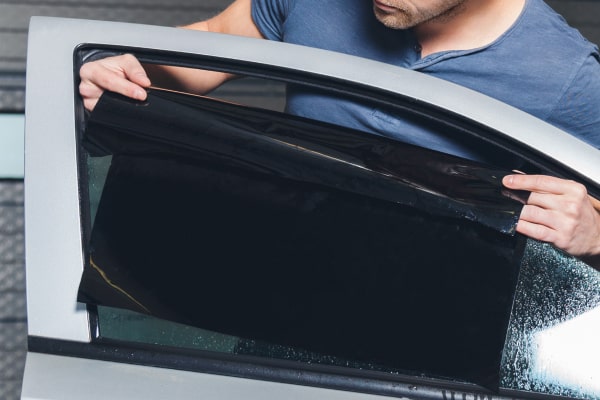
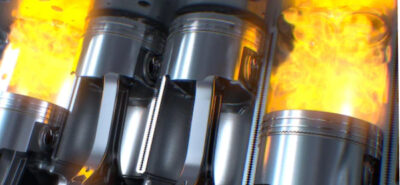
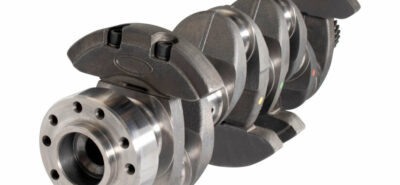
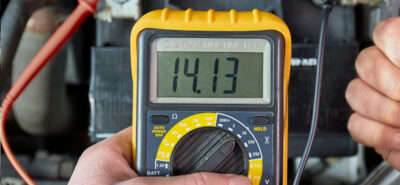
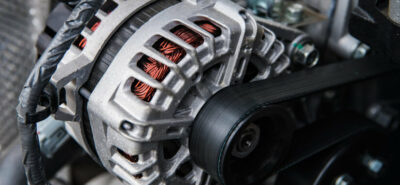
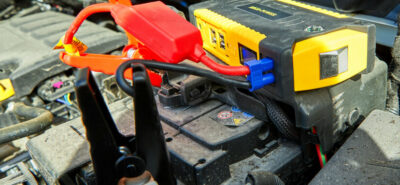
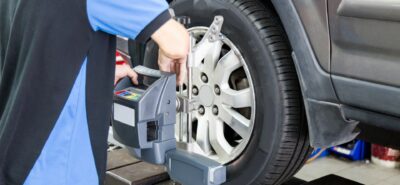


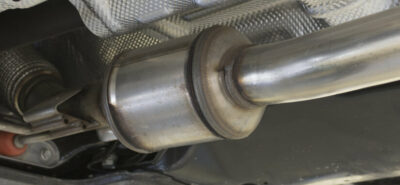
![Can a weak alternator cause poor engine performance? [Yes & No], (speedalternators.com)](https://speedalternators.com/wp-content/uploads/2022/09/weak-alternator-e1677554040758-400x185.png)
Leave a Reply